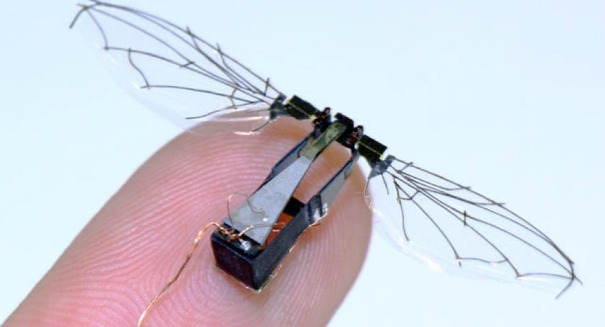Virtual reality is used in many areas of healthcare which range from diagnosis, treatment, e.g. surgery, rehab and counselling. It is also used to train the next generation of doctors, paramedics and other medical personnel and has shown a range of benefits from doing so.
So what are the advantages of virtual reality in healthcare? There are several which are related to medical/surgical training, preventative medicine, counselling and architectural design of new hospitals.
Virtual reality medical training
Let’s start with virtual reality as a means of training healthcare professionals. It is used in medical schools and other similar settings as a means of education and instruction. It enables medical students to acquire knowledge and understanding about the human body by means of interaction within a virtual environment.
Medical students can perform ‘hands on’ procedures but in a safe and controlled setting. They are able to make mistakes – and learn from them but in an environment where there is no risk to the patient. They interact with a virtual patient and as a result of this, learn skills which they can then apply in the real world.
Virtual reality dentistry
But virtual reality isn’t only confined to medical schools. Dentistry is another area in which it plays a part. For example, there is a system known as ‘HapTEL’ which is based upon haptics (Greek for touch) in order to train new dentists. This virtual dental chair includes a training scenario in which the student is shown a 3D set of teeth that they work on.
They perform a range of procedures, e.g. a filling using a virtual drill which replicates the movement and pressure of a real drill by means of force feedback. This feedback takes the form of subtle changes of pressure which enables the student to adjust their technique accordingly.
This is discussed further in our virtual reality in dentistry article.
Virtual reality and paramedic training
It is also used to train paramedics and other similar personnel who need to learn life saving skills but without placing themselves and their patients at risk. They are able to do this by interaction with a simulated accident or emergency in a virtual environment but with minimal risk. These scenarios are realistic and enable them experience a high pressure situation and respond accordingly.
Virtual reality preventative medicine
Virtual reality is used to educate patients about positive lifestyle choices, such as stopping smoking, moderate alcohol intake, healthy eating and exercise. There is an emphasis on educating people to make positive changes about their health which will reduce the risk of illnesses, many of which are preventative.
Both desktop and fully immersive CAVE systems can be used to demonstrate the effects of negative lifestyle choices, e.g. smoking on health with the aim of changing people’s behaviour.
Virtual reality counselling
Counselling is another area where virtual reality has been utilised. A classic example is phobia treatment, for example a fear of public speaking where the sufferer is able to learn skills and build up their confidence in a virtual environment.
This is discussed in greater detail in our virtual reality in phobia treatment article.
It also used to treat people who have developed post traumatic stress disorder (PTSD) as a result of a life threatening situation. One example is that of soldiers who have served on the front line in Afghanistan and have become traumatised as a result. They are taught a range of techniques for dealing with the symptoms of their condition using virtual reality. This takes the form of a pair of virtual reality glasses or head mounted display (HMD), data glove and input device, e.g. joystick.
Find out more in our virtual reality treatment for PTSD article.
Virtual reality architectural design
Virtual reality is used by architects and the construction industry to design and test new buildings. It enables them to walkthrough a virtual model in order to evaluate this which saves both time and money.
One example of this is the design and build of a new clinic which can be explored using a virtual reality headset, data glove and input device. The user moves around the building in the same way they would in the real world and are able to assess various aspects whilst they do so. This is a safe and controlled way of doing so which is also cost effective.
To summarise: the main benefits of virtual reality in medicine include:
- Safety
- Time
- Money
- Ability to re-use on a regular basis/skills refresh
- Can be used remotely
- Efficiency
- Realistic
These benefits appear in many of the individual articles related to this section.

